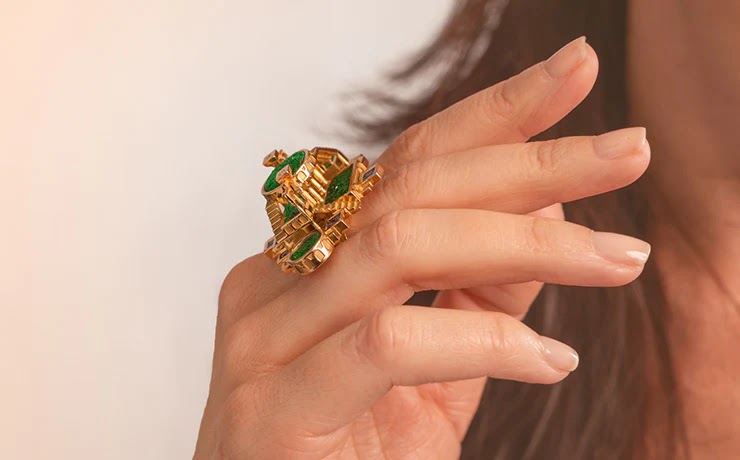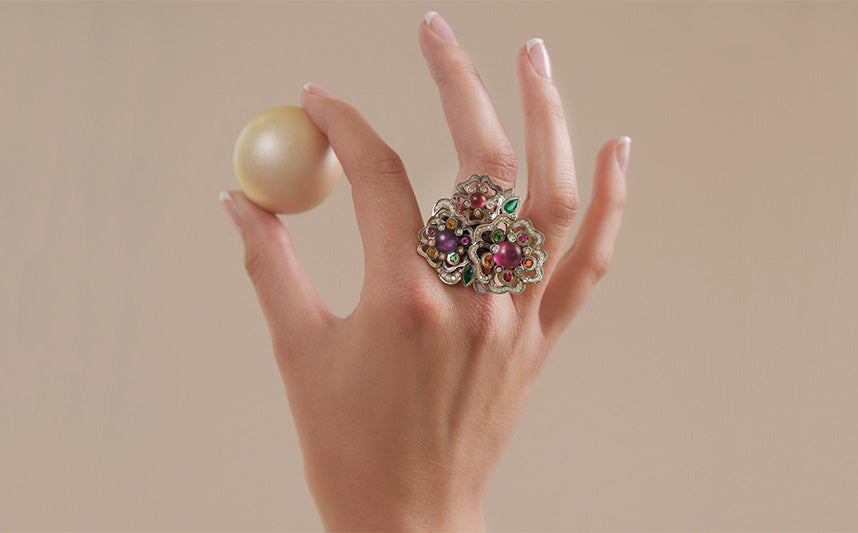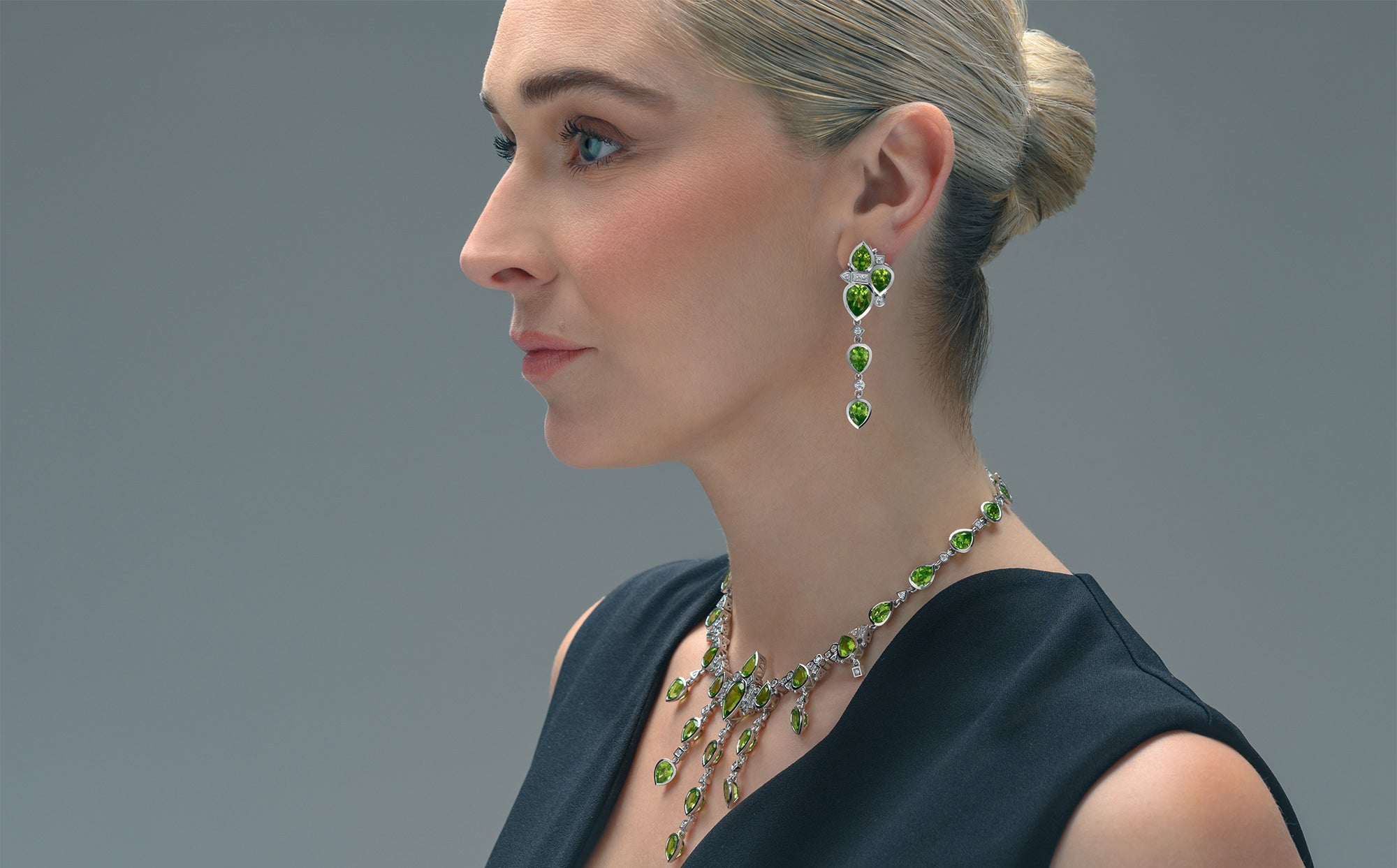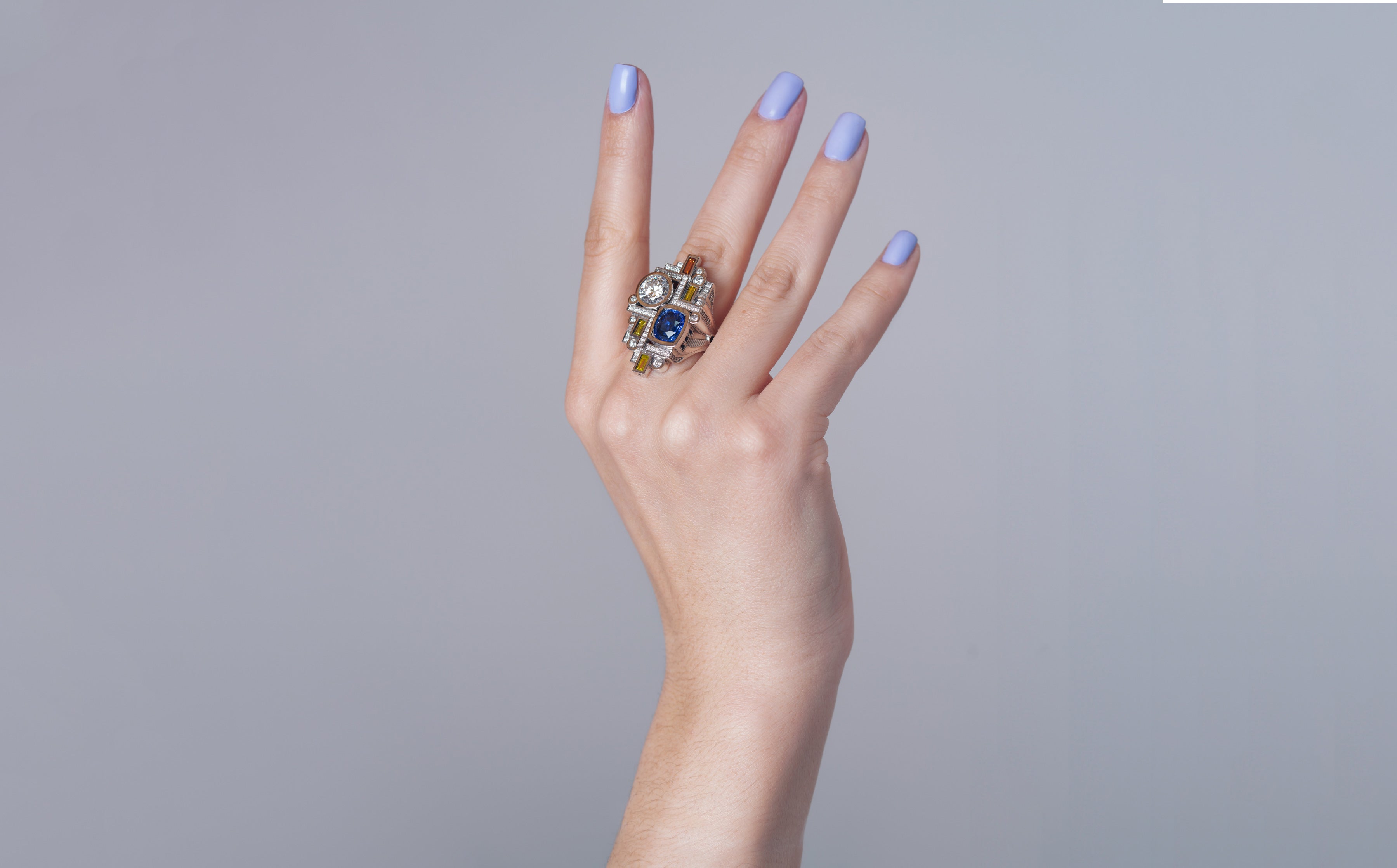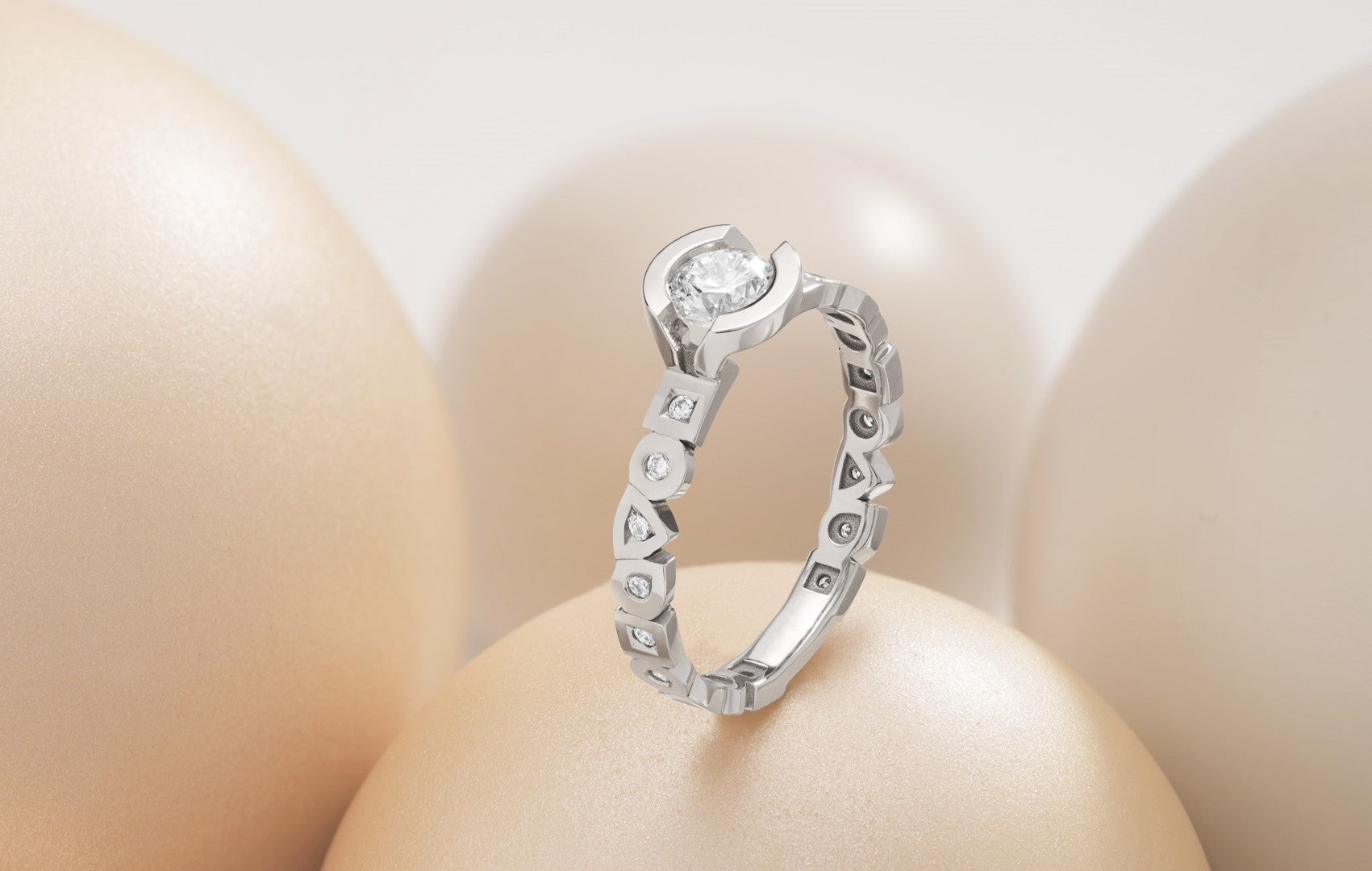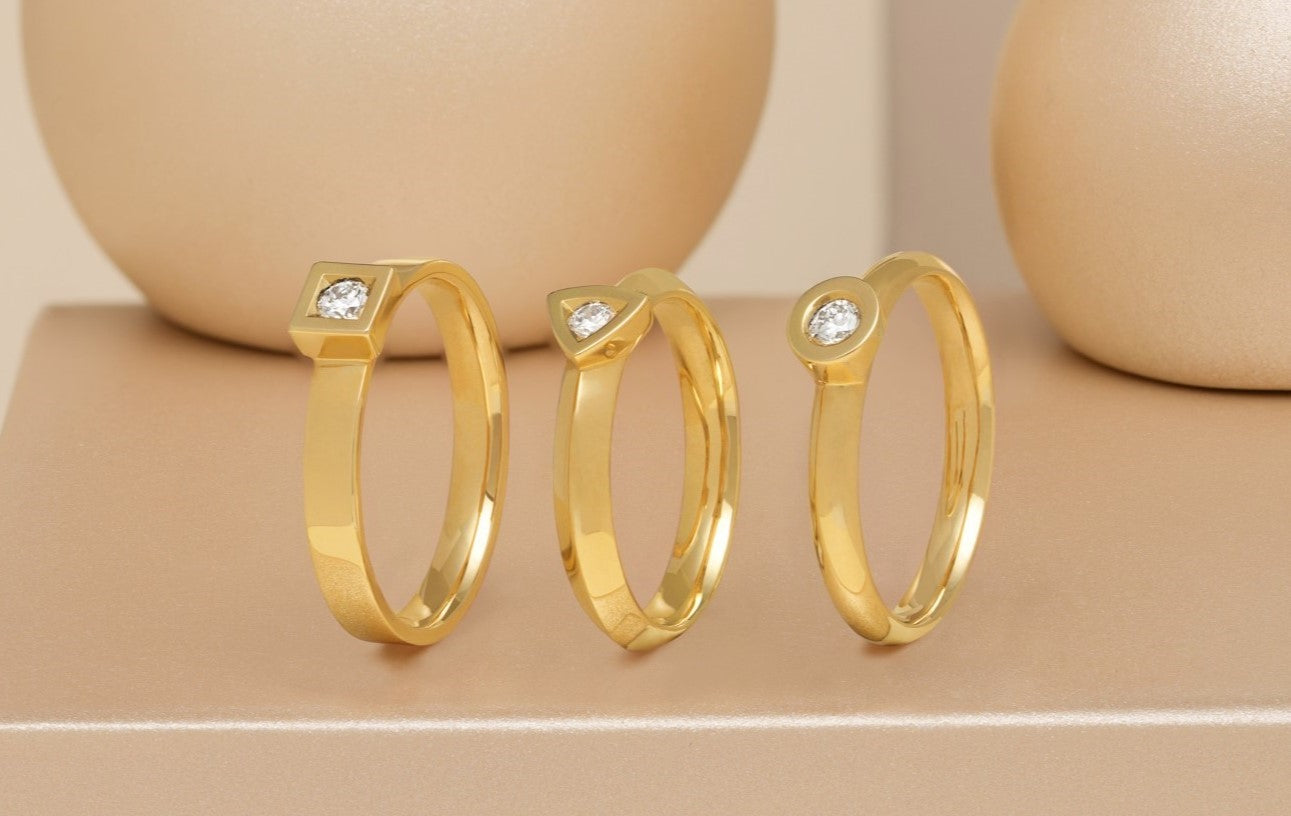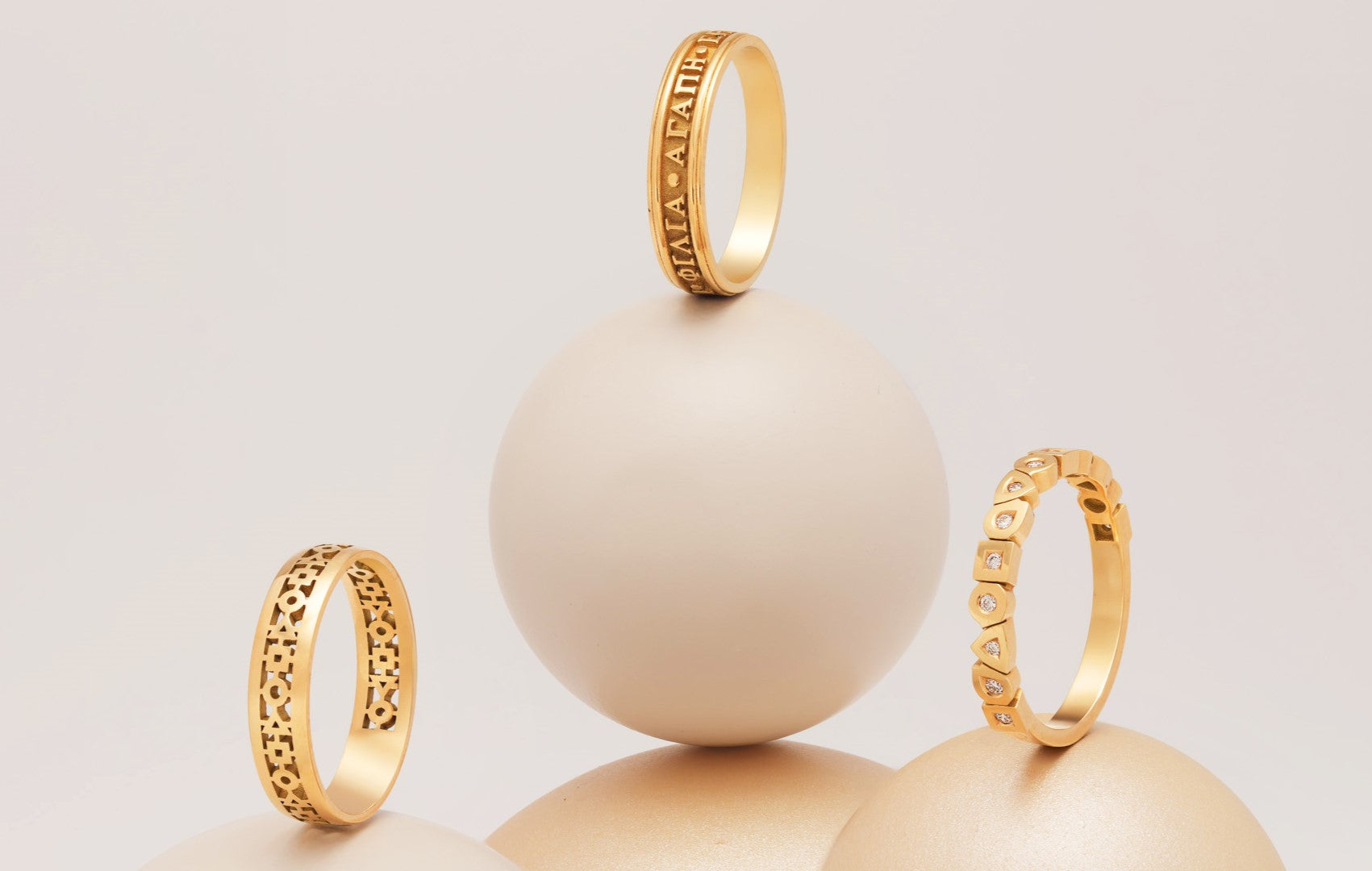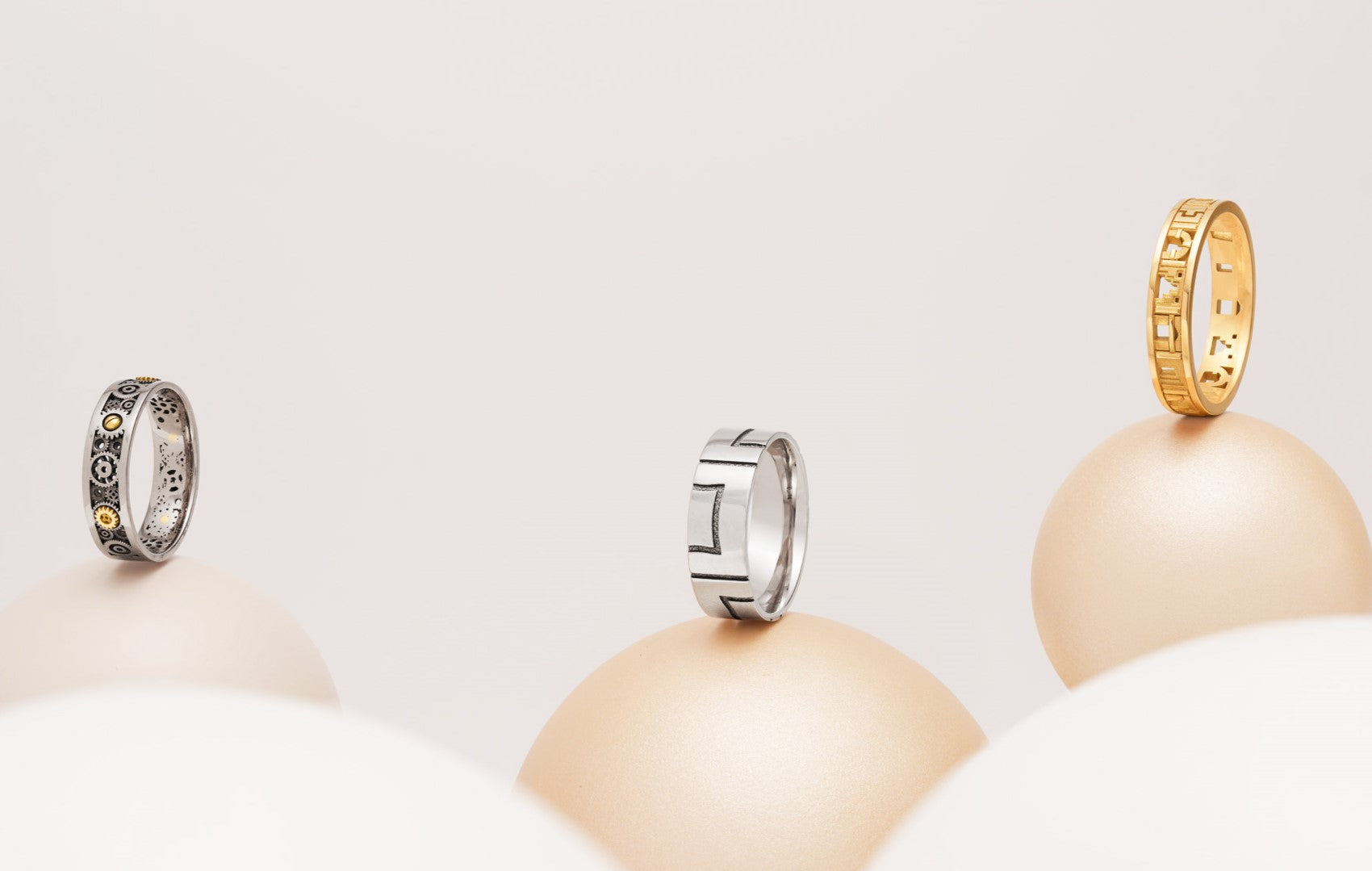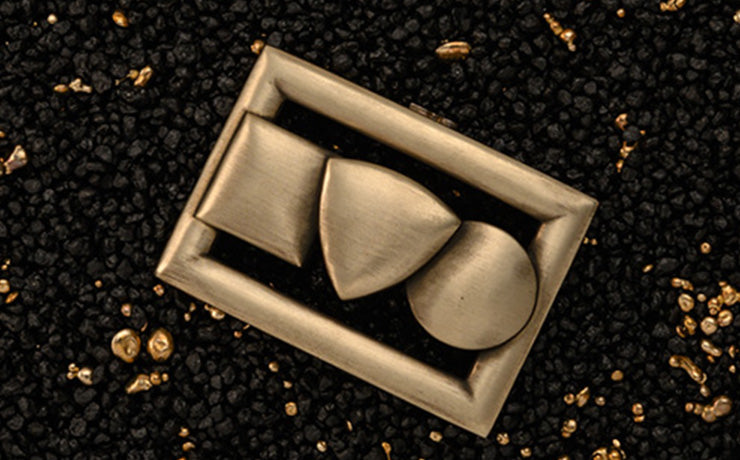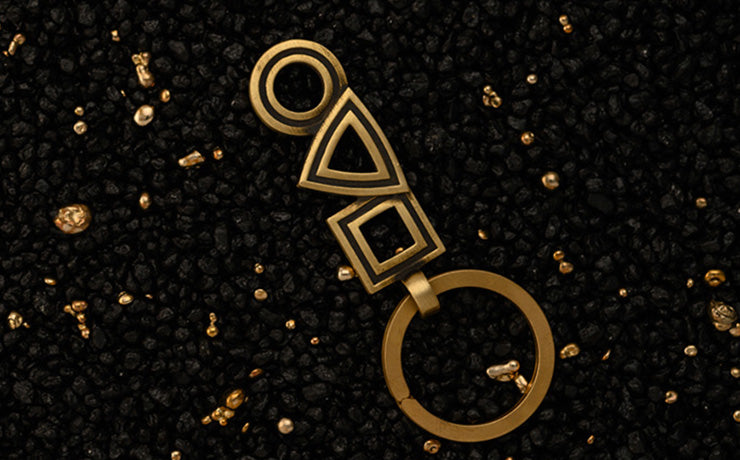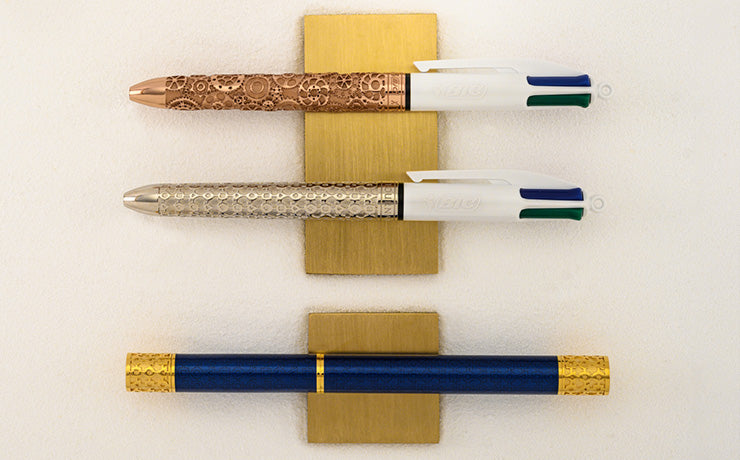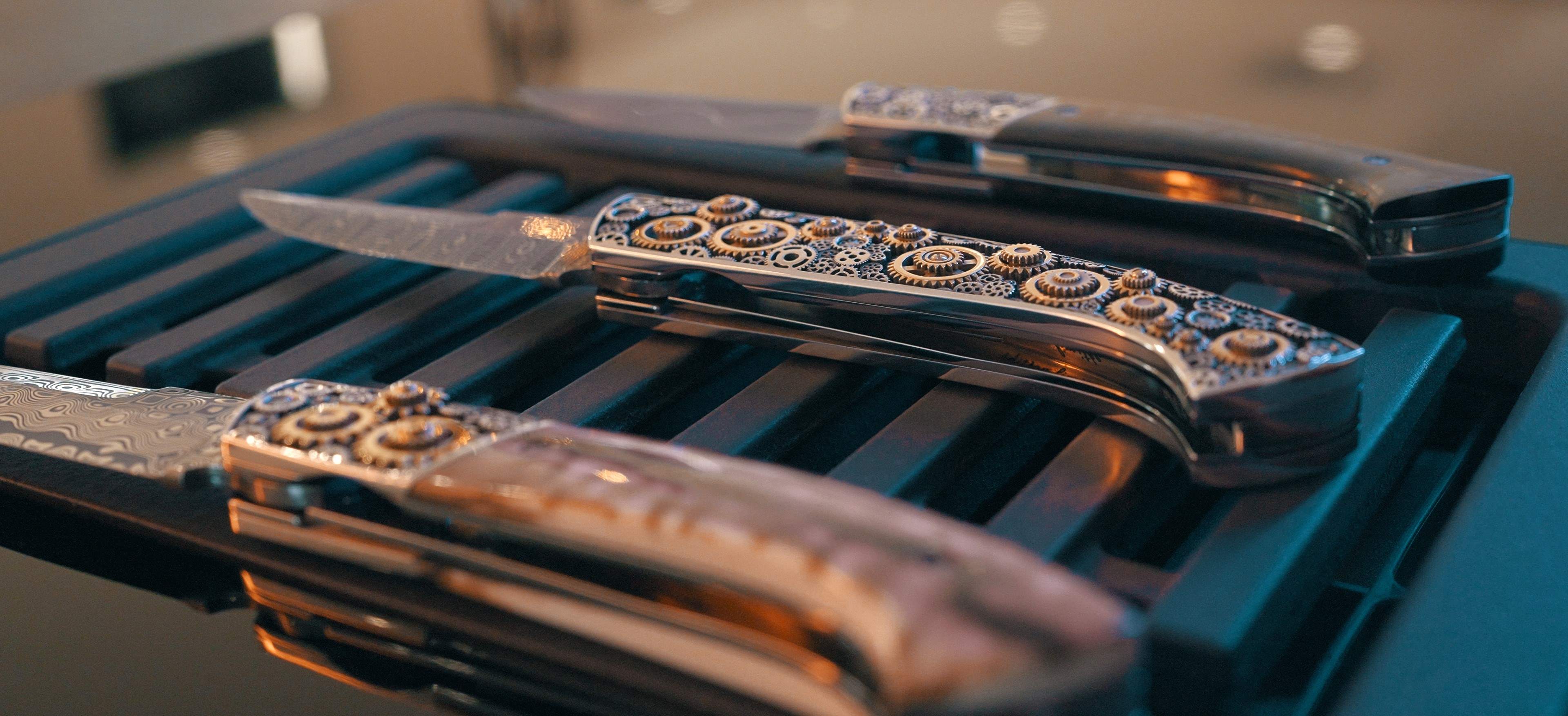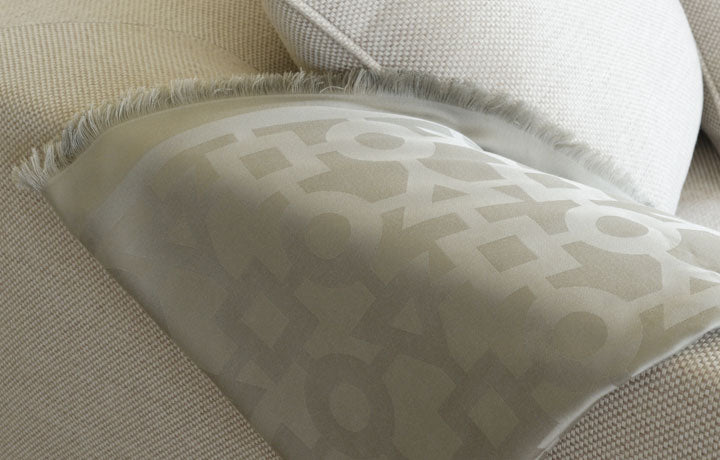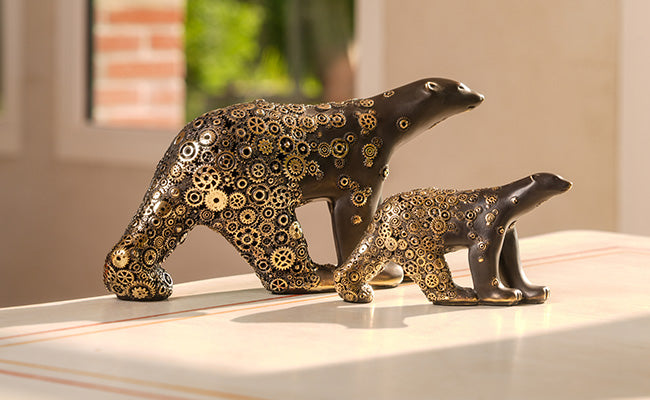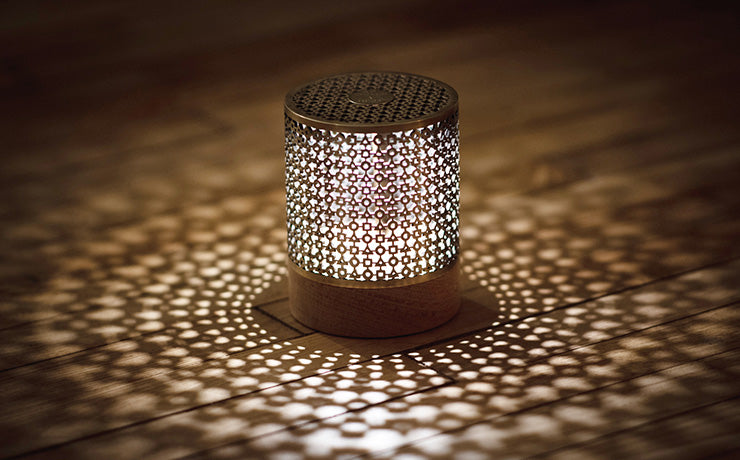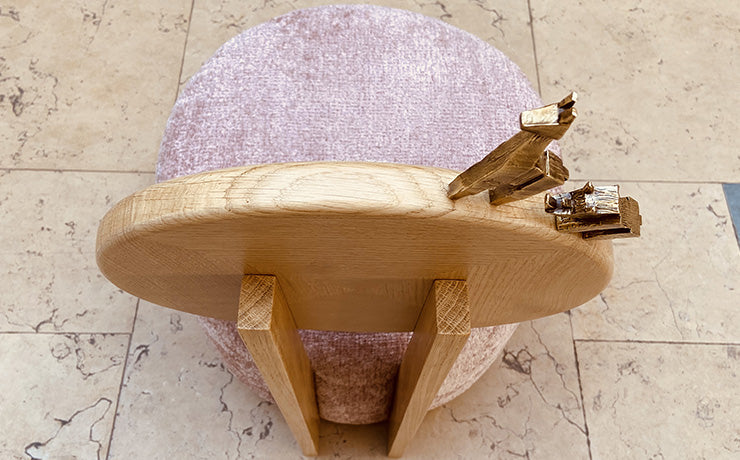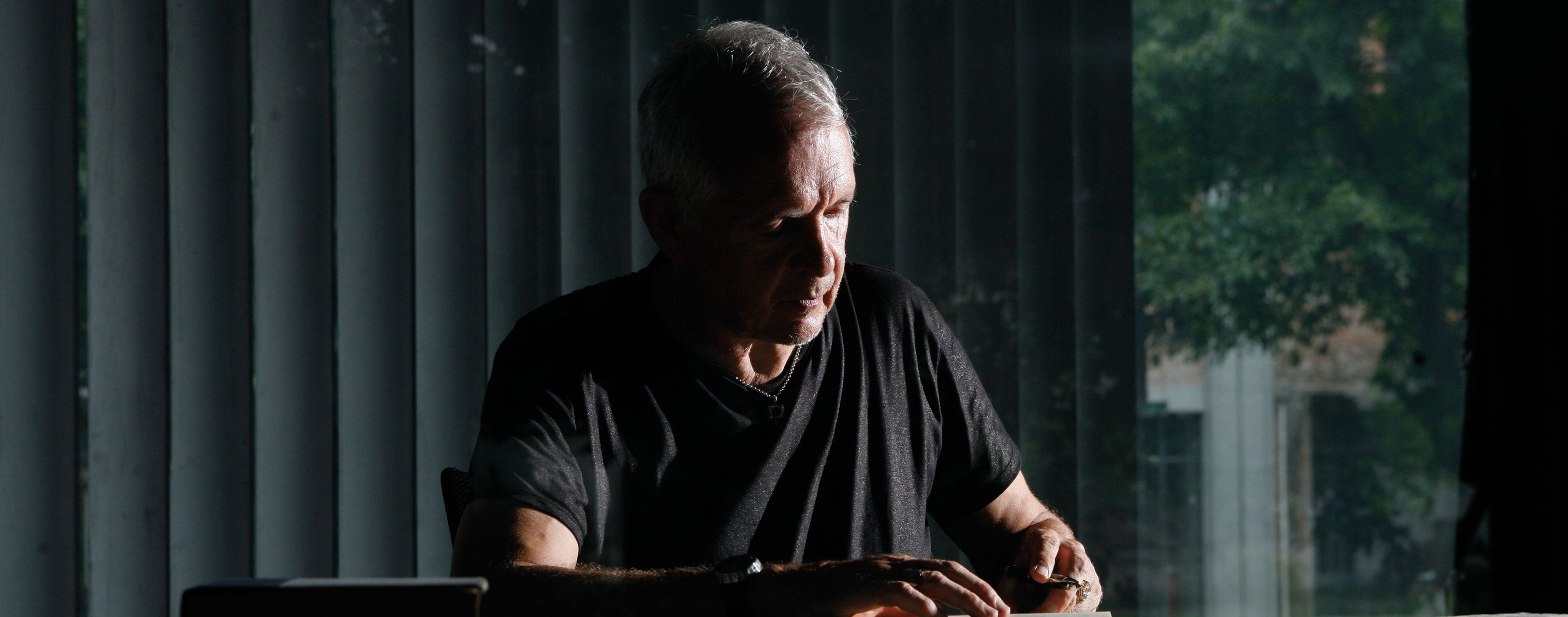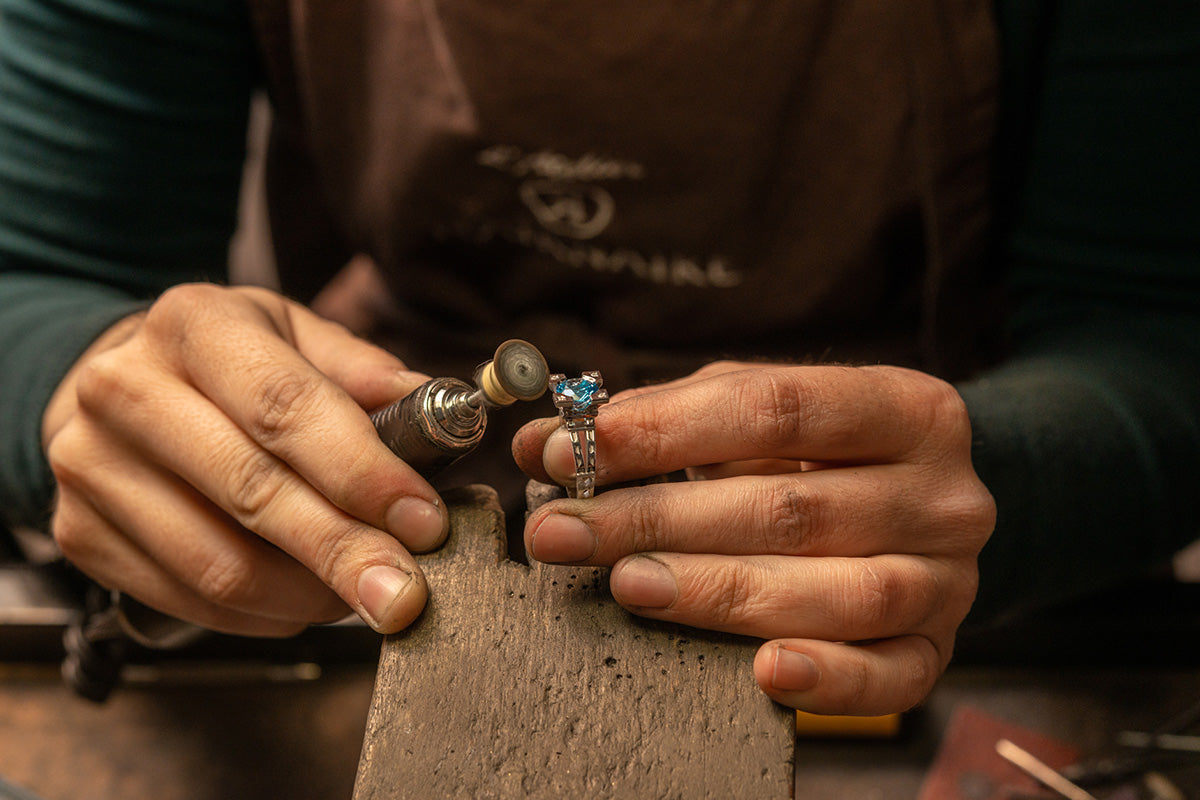
JEWEL FINISHING
Jewel finishing
Once the gemstones have been set, it's time for the finishing polish. This is the final touch, allowing the perfectly polished metal to regain its full brilliance. Final touch-ups are made, and any post-setting flaws are ironed out. The jewel is then cleaned in an ultrasonic bath.
The final stage of a Jewellery
La dernière intervention de la main de l’homme avant la commercialisation est le poinçonnage. Gage de qualité, le poinçon permet d’identifier les métaux utilisés et l’atelier où le bijou a été fabriqué, c’est notre signature. Enfin le rendu final est méticuleusement observé en passant par un contrôle draconien de qualité drastique afin de déceler les éventuels défauts. Le bijou fini doit être irréprochable avant d’être mis en vente.
Au sein de la joaillerie Tournaire, nous avons la chance d’avoir tout le processus de production intégré en interne, de l’idée qui germe dans la tête à la mise en vente en passant par la création. On mélange aussi bien des techniques ultramodernes, avec la 3D, que des techniques ancestrales (fonte à la cire perdue).
Avoir une production internalisée nous permet, outre le fait de pouvoir créer ce que nous voulons, de garantir des produits de haute qualité et un lien de confiance avec nos clients. Aussi loin que l’on puisse remonter, l’homme a toujours fait des bijoux. Fabriquer pour marquer son passage, pour évoquer quelque chose ou pour symboliser sa réussite. D’une manière générale, il a été fasciné par ce qu’il trouvait dans la nature, notamment les belles pierres.
Mais ce ne sont que des cailloux, choisis pour leur couleur ou leur éclat particulier, que l’on va ensuite sublimer par la taille et le polissage. La valeur que l’on attribue à une pierre n’est pas forcement en rapport avec son prix, tout dépend de la valeur qu'on lui attribue, qu'elle soit sentimentale ou marchande… Même une pierre commune peut avoir de la valeur, cela dépend de ce qu’elle nous évoque. Par exemple, si deux amoureux se promènent sur la plage et trouvent un galet ensemble, il aura beaucoup plus de valeur sentimentale qu’une autre pierre. Le prix est souvent synonyme de rareté pour une pierre, par exemple, les coquillages avaient une valeur marchande élevée pour les gens qui vivaient dans les terres, car c’était rare pour qui ne voyageait pas.
Quand je choisis une pierre, ce n’est pas seulement avec les yeux mais avec le cœur aussi, je la choisis simplement parce qu’elle est belle. Il faut que sa couleur « pétille », que la pierre soit vivante. Je ne choisis pas une pierre pour son nom mais pour l’effet optique qu’elle crée. Mais avant de vous présenter les pierres qui constituent ce que j’appelle ma palette de couleurs, je dois vous donner les clés pour comprendre comment je regarde les pierres.
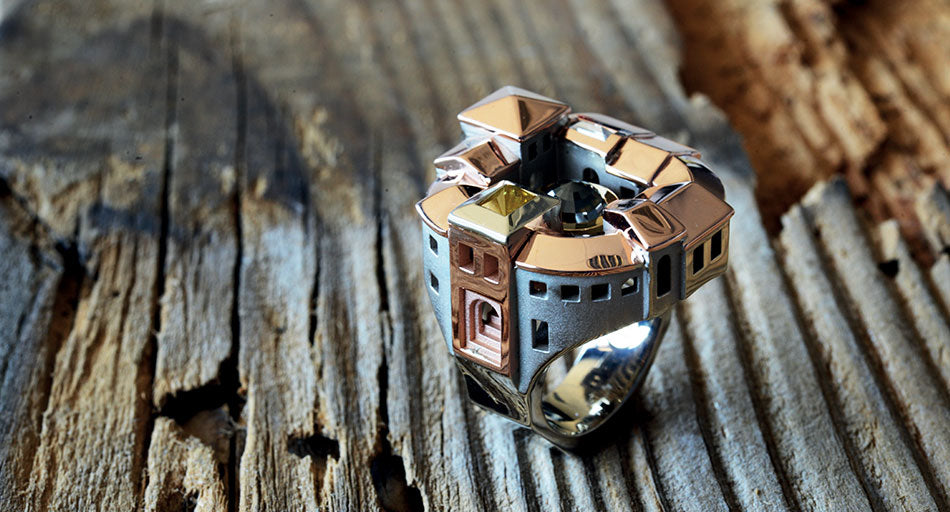
Les pierres que l’on utilise en joaillerie sont des « gemmes », d’où la science qui étudie ces pierres tient son appellation : la gemmologie. On considère que tous les éléments assez beaux pour être montés en parure sont des gemmes. Il est important de faire la distinction entre les différents types de pierres qui existent. Il y a bien évidemment les pierres naturelles, trouvées par l’homme dans la nature avec leur singularité. Grâce à l’évolution des techniques et de la recherche, il existe aussi des pierres synthétiques. Celles-ci sont fabriquées par l’homme mais ont les mêmes propriétés physiques, chimiques et optiques que leur modèle naturel, comme le saphir synthétique par exemple. Enfin, il existe aussi des pierres d’imitation, c’est-à-dire des contrefaçons de pierres naturelles qui peuvent être tout aussi bien naturelles que synthétiques. Elles en imitent l’aspect, la couleur et l’effet optique ; mais elles n’en ont pas les propriétés chimiques ou physiques. Par exemple l’oxyde de zirconium synthétique est l’imitation la plus connue du diamant, mais le verre transparent peut aussi être considéré comme une imitation.
Lorsque je choisis une pierre, je tiens compte de ses propriétés physiques et notamment de sa dureté, c’est-à-dire sa résistance à la rayure et à l’abrasion.
Pour mesurer cette valeur, nous utilisons l’échelle de Mohs, les échelons allant de 1 pour le plus tendre, à 10 pour le plus dur.Pour avoir un ordre d’idée, on considère que les gemmes dont la dureté est inférieure à 7 peuvent perdre de leur éclat et de leur poli au cours du temps, du fait de la présence de quartz dans la poussière ambiante mais aussi à cause des choses que l’on fait subir aux bijoux en les portant. Ceux-ci doivent donc être portés, entretenus et rangés avec attention.Une autre indication est importante dans le choix d’une pierre : son poids. Nous utilisons principalement le carat comme unité de masse d’une gemme qui équivaut à 0,2 grammes. Cette valeur est utilisée depuis l’Antiquité dans le commerce des gemmes. Le mot vient du grec « keration », nom de la graine du caroubier réputée pour son poids constant autour de 0,2 grammes. Mais il y a une distinction à faire, le carat est aussi utilisé pour les métaux précieux comme l’or, il désigne alors la pureté. Ainsi un or 24 carats est à 100 % pur mais il est mou, c’est pour cette raison que l’on utilise plus souvent de l’or 18 carats en joaillerie, comme toutes les grandes marques. Cet or est constitué à 75 % d’or, et les 25 % restants vont donner dureté et couleur à l’alliage. Dans ce pourcentage, on peut retrouver de l’argent, du cuivre, du palladium… dans des proportions variables.
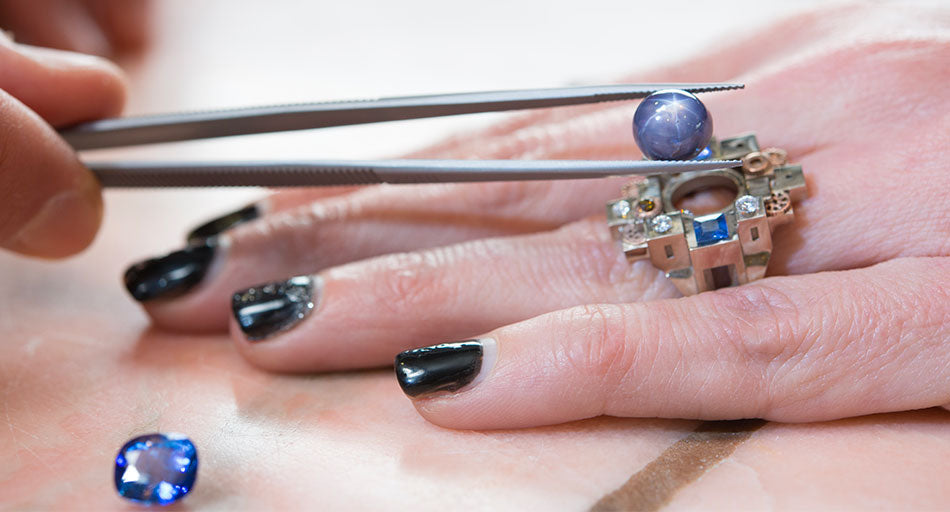
Until 2002, the term "precious stone" was used to refer to diamond, ruby, sapphire and emerald. This was a historically arbitrary classification, which implied that there were precious stones and less precious stones... So, since February 1, 2002, all the qualifying terms of the old classification have been abrogated, and we now speak of "gemstones" to characterize all stones formed in natural deposits. This is the legislation, and I simply like to use the terms "stones" or "pebbles" to refer to these treasures. The jewels are designed according to the choice of stone; I can't afford to mount a gem that's too fragile if it's exposed to shocks, otherwise I adapt the jewel so that it's protected. Finally, the carat is important, as it directly influences the price of my raw material. But I don't choose a stone based absolutely on its size, as I always say: "Better a small pretty one than a big ugly one".
The guarantee of uncompromising craftsmanship
Our titles and labels




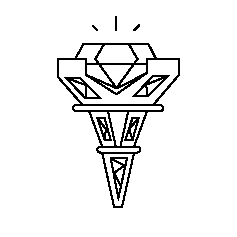
Made in France
Made in our workshop

100% secure payment
3x free of charge possible

Free delivery & returns
100% secure and free

Jewellery committed
Ethical and responsible jewelry

